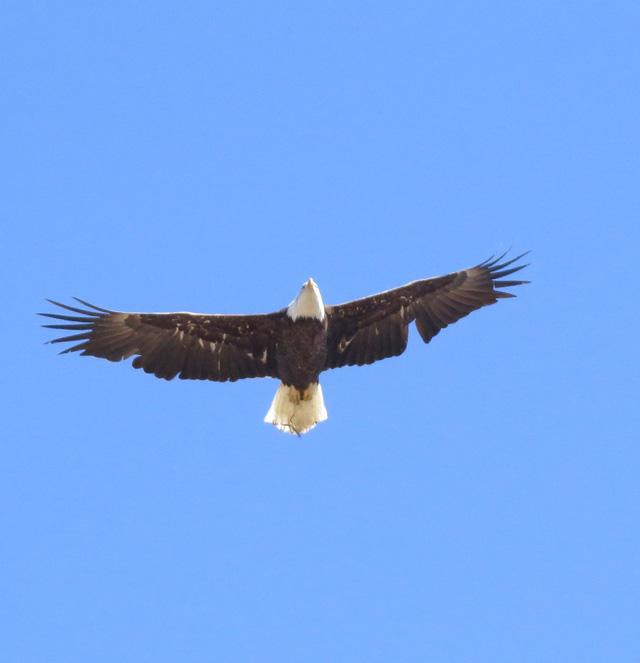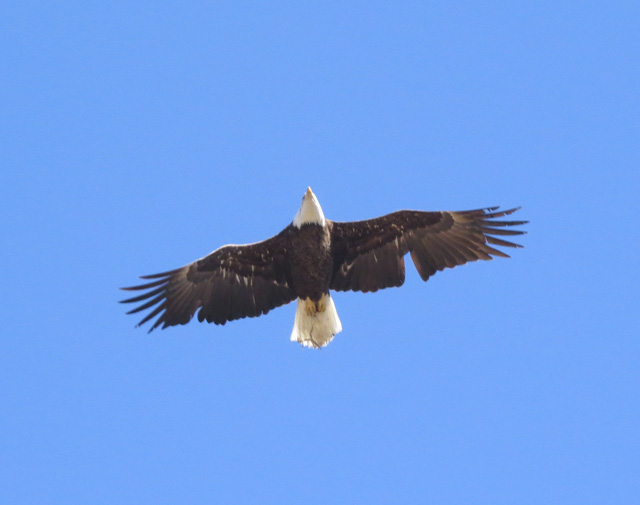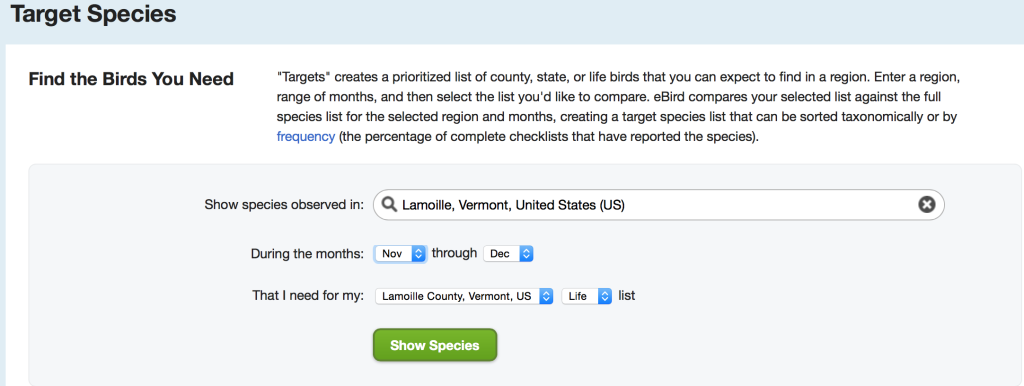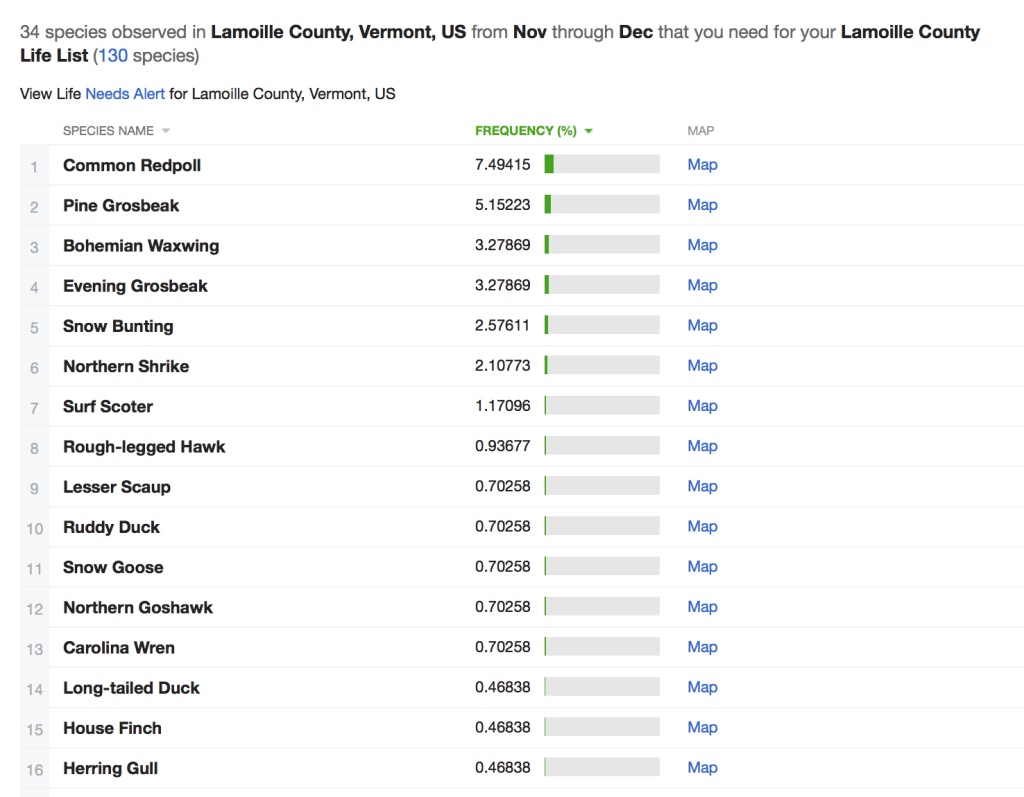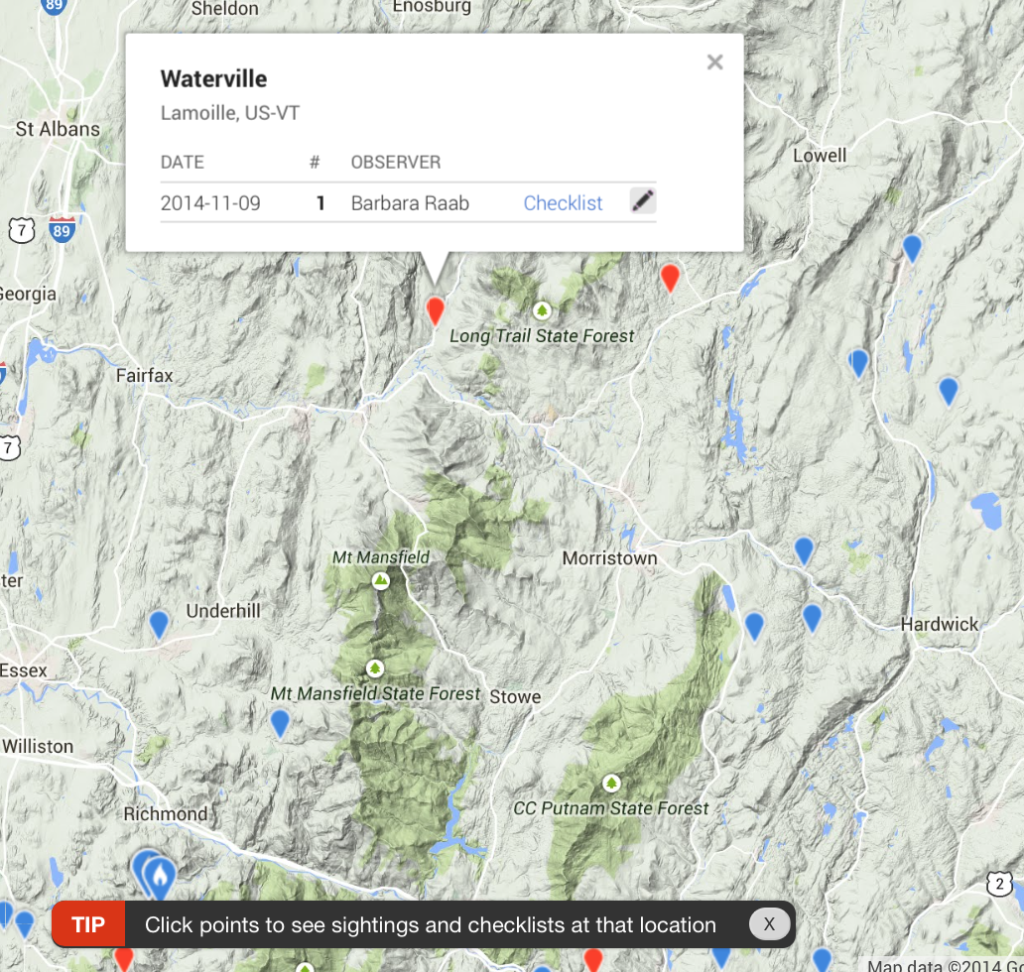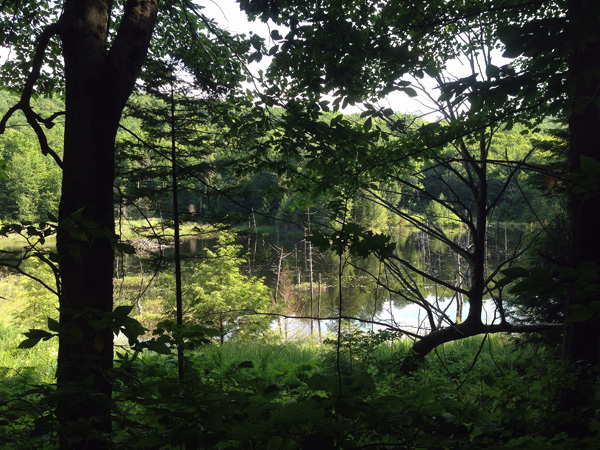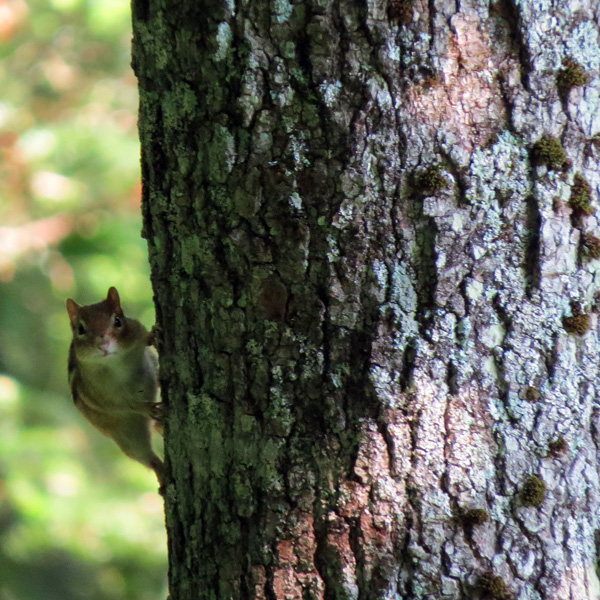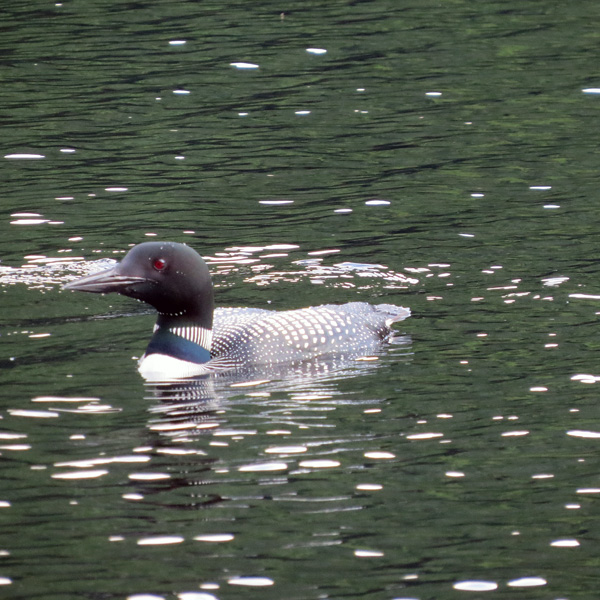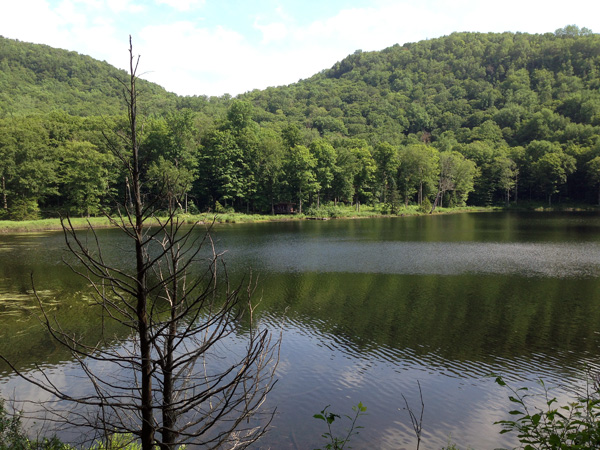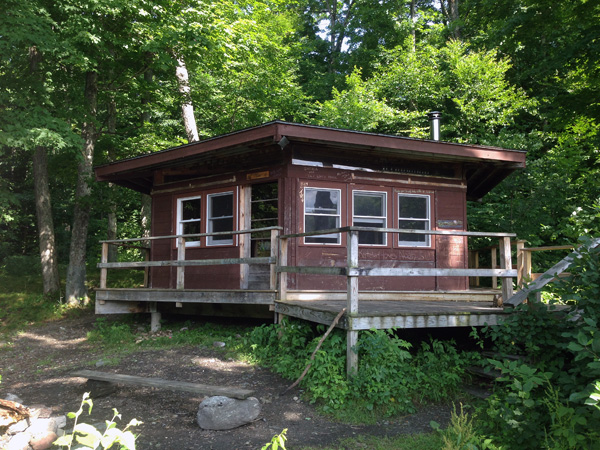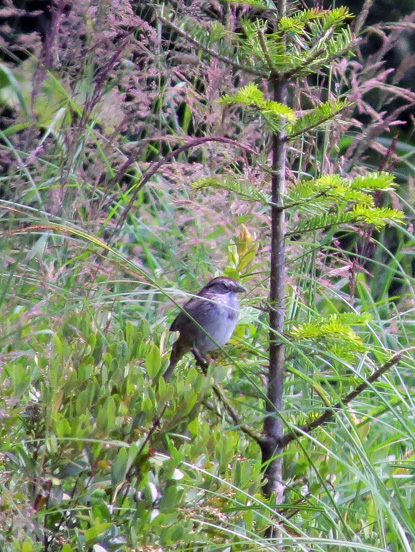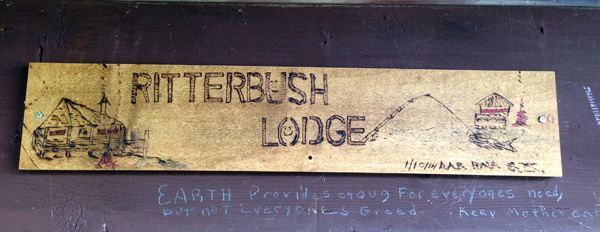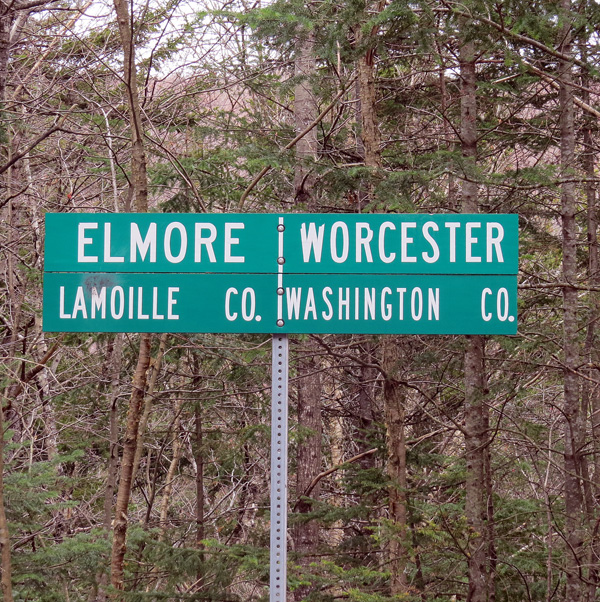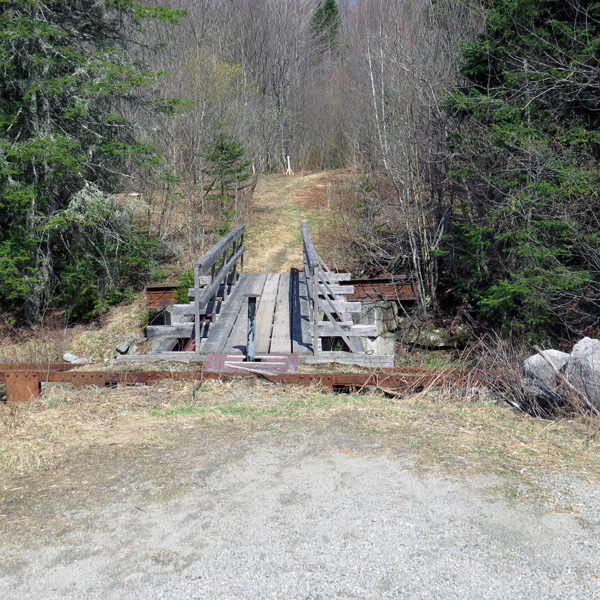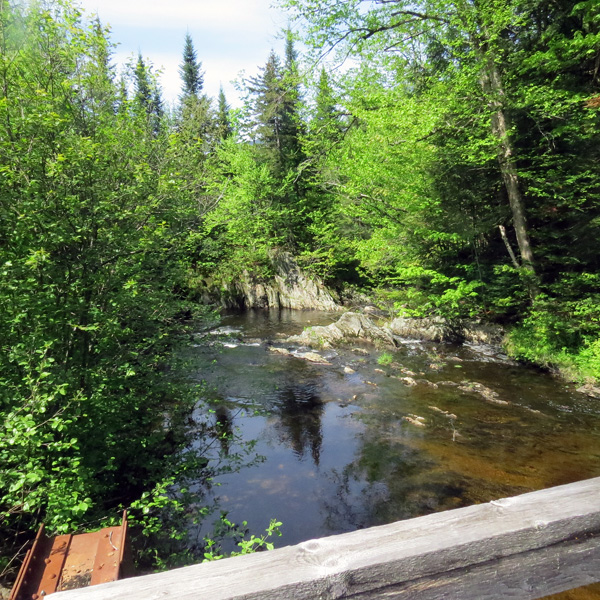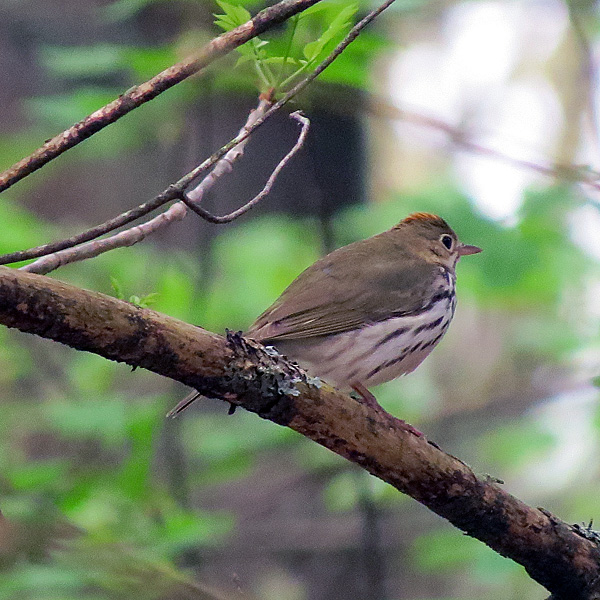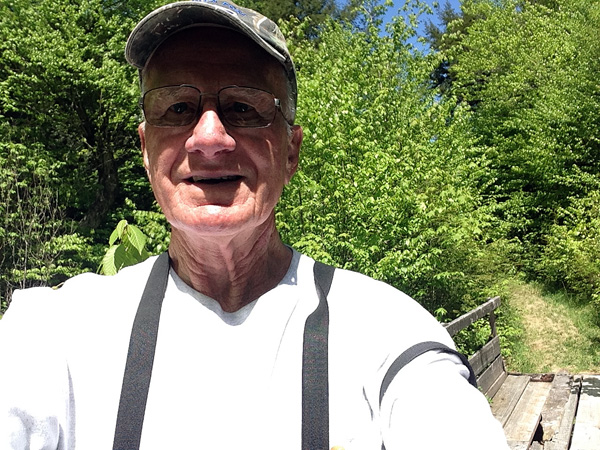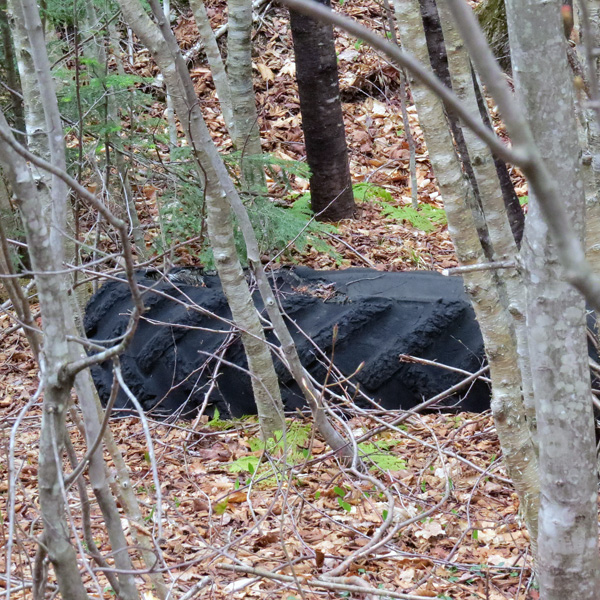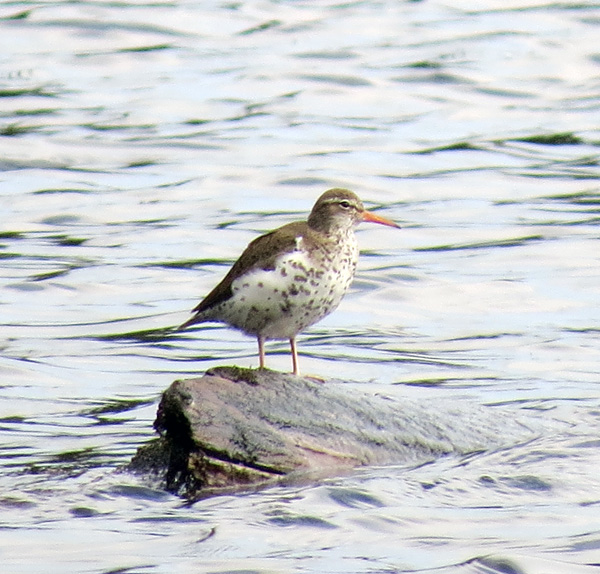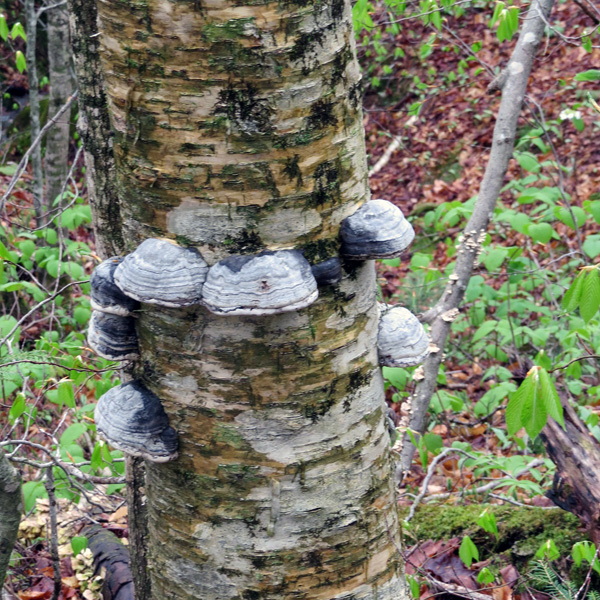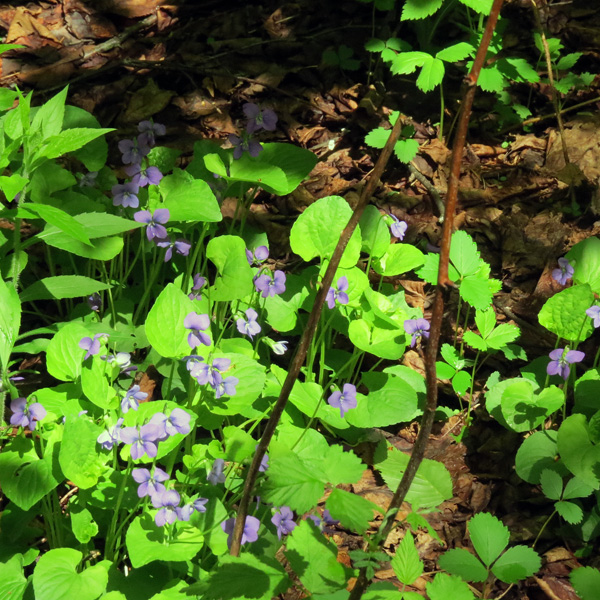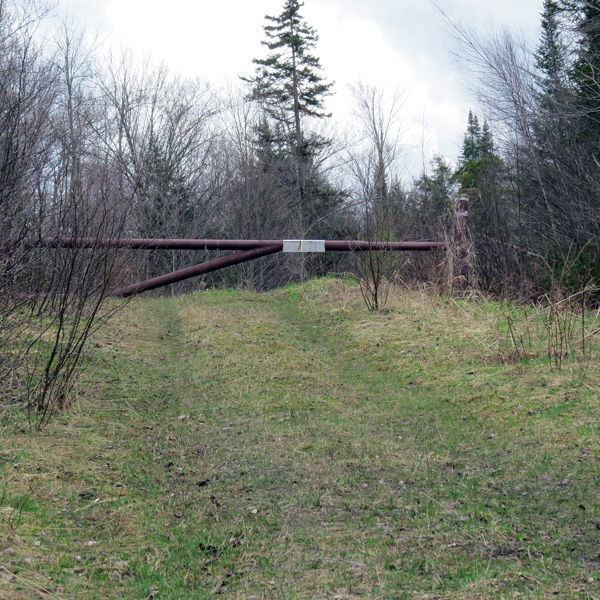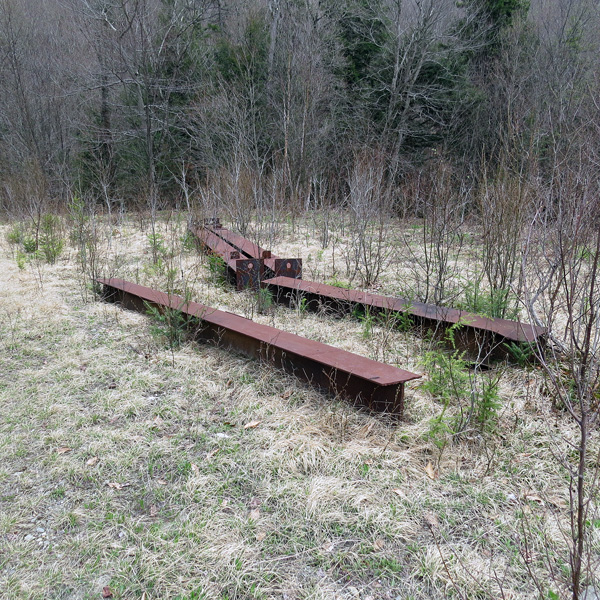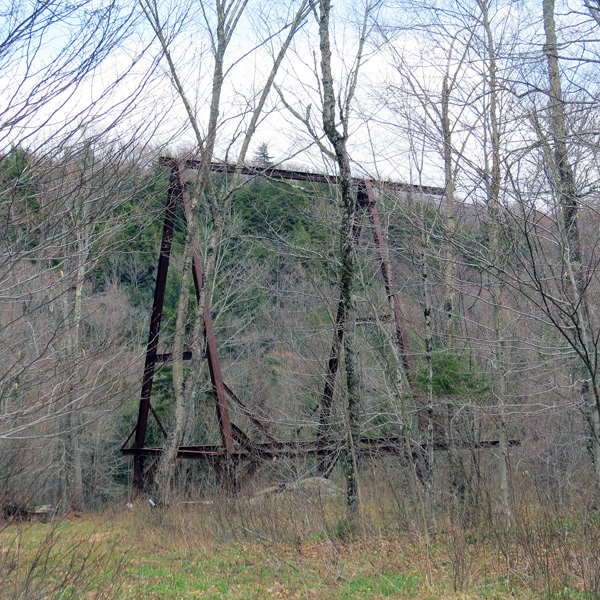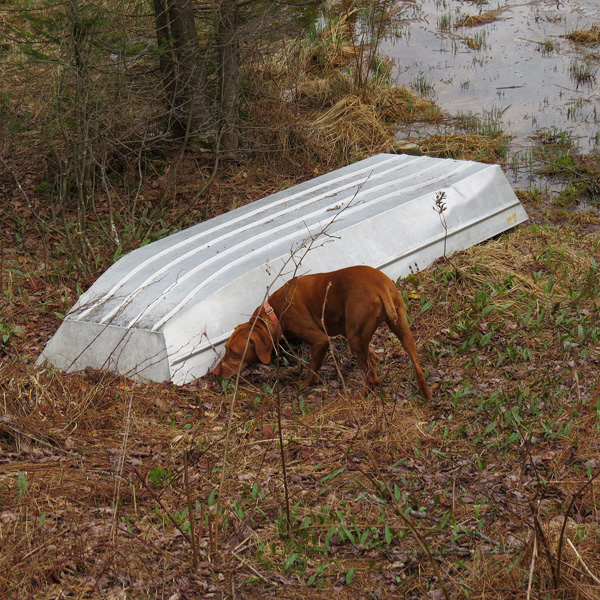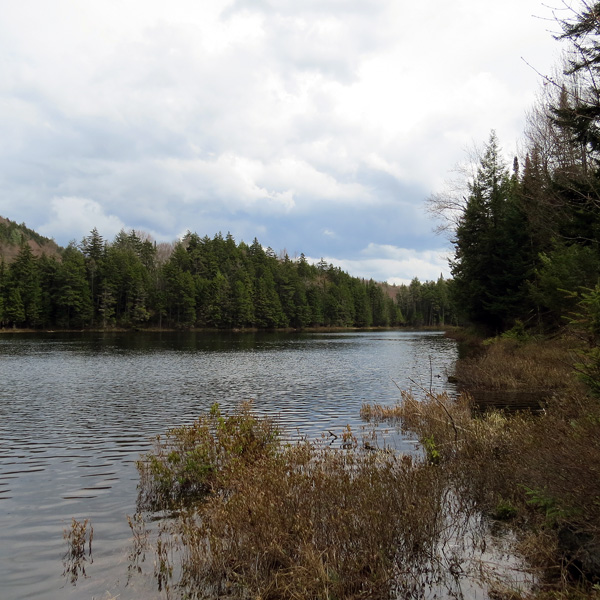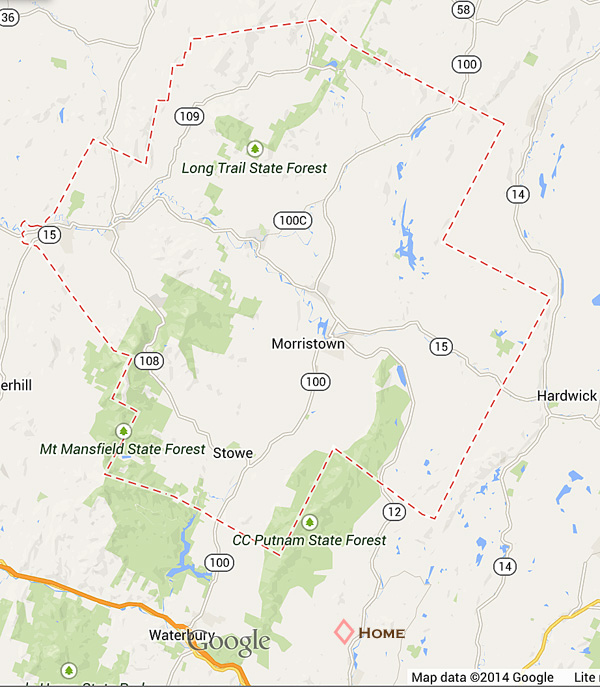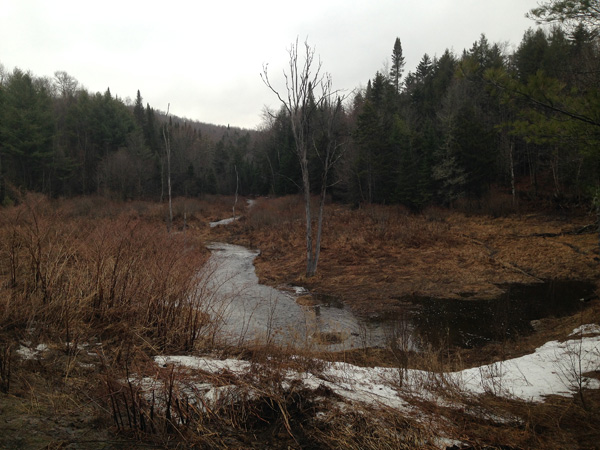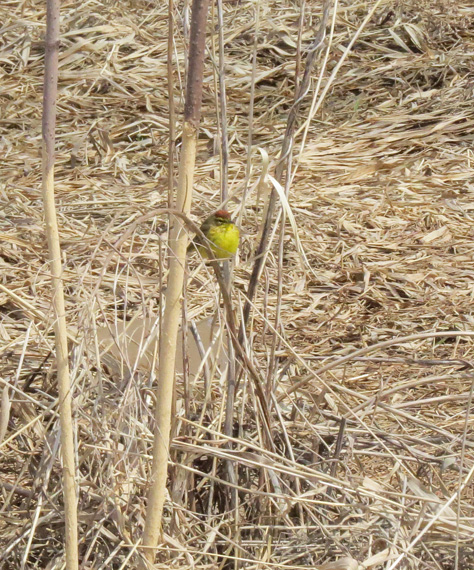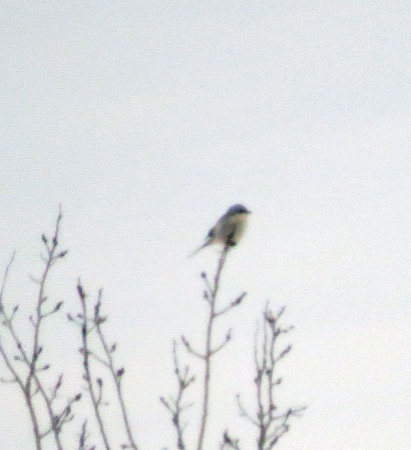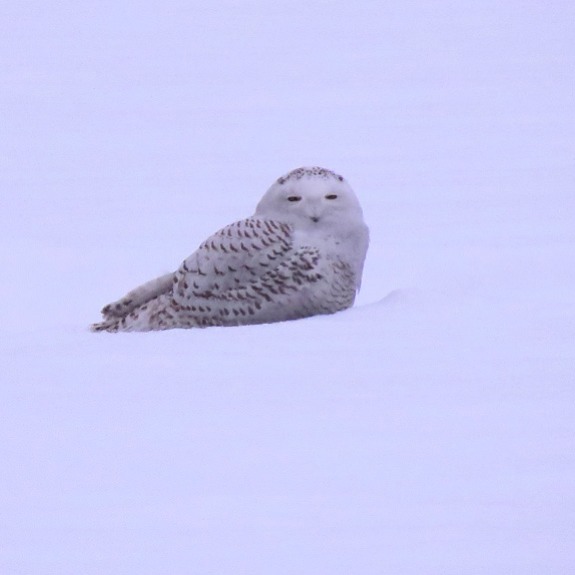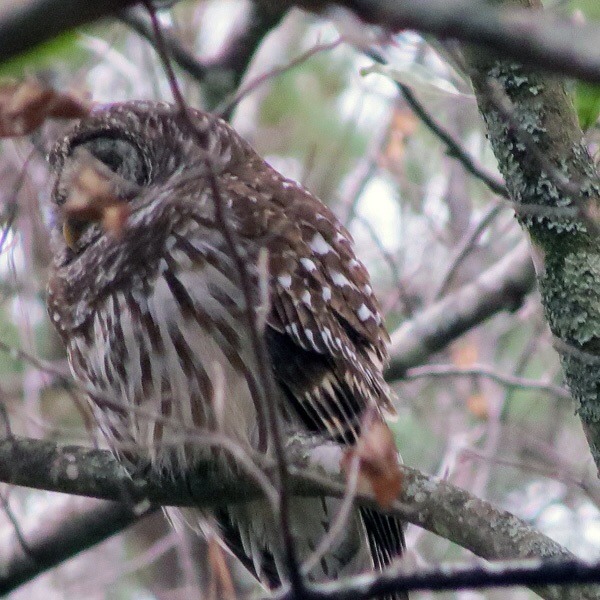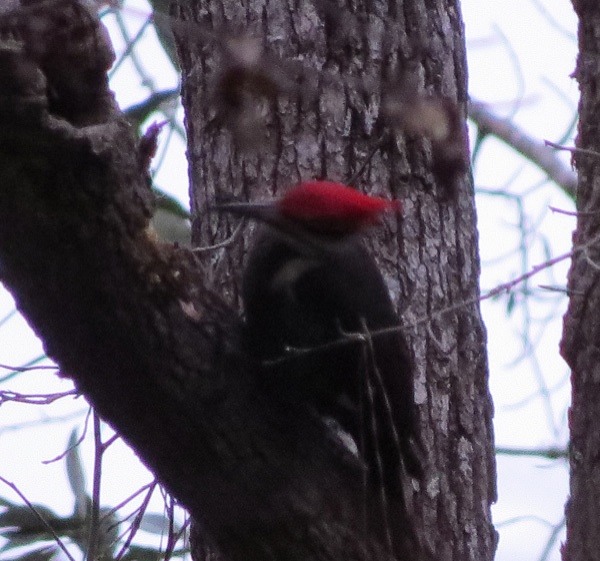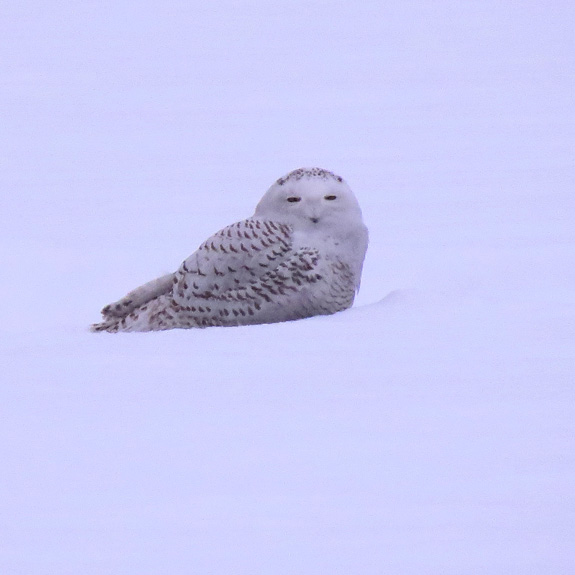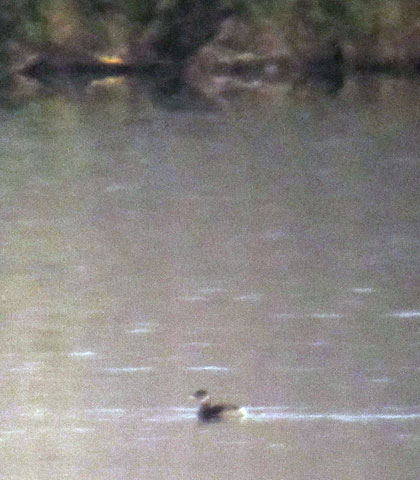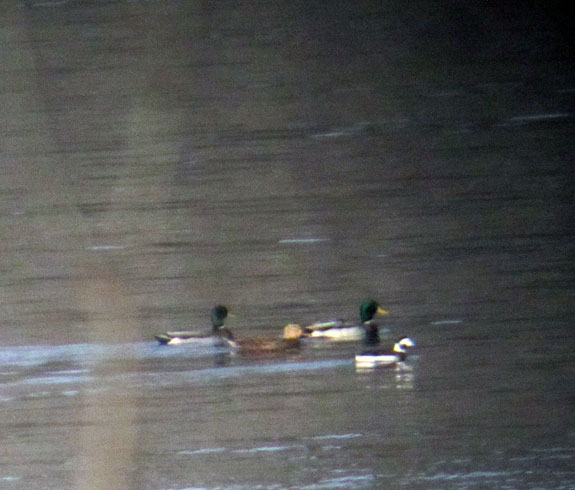While the Airstream is not completely unpacked, the good weather tempted me to do some birding yesterday morning, to restart my County big year effort for Caledonia County which I started just before we left for Texas.
I left early and drove about forty-five minute to the County line encountering some frost heaves and potholes but a delightful lack of traffic – and a beautiful countryside. After several stops, with some success, I arrived at my planned hot spot, the floodplain along the Connecticut River over in Barnet. I followed a farm road toward the river, through a large hayfield toward some big cornfields. The river was high and fast with little on it but the fields had ducks and Canada Geese and some sparrows while American Tree Swallows soared overhead. It was a beautiful morning and I let the dog out to roam around — she loved the spring smells. (We stayed away from the area where they are spreading cow manure.)
After a bit, I heard a loud screeching/calling from the pine trees off to the west and saw a large bird slowly moving in that direction. I got my binoculars on it: Bald Eagle, then another one. The pair moved in to their youngsters, which I could not see, and then rested on the nest. I went back to the truck, got my scope, tried to find my iPhone setup, and returned to watch them. They were not easy to see although the white heads stuck out in the greenery where there were openings. I watched for a while, then they flew and I grabbed these two shots of one of them going overhead.
I waited a bit for them to return but I had a schedule to keep myself and headed back toward the interstate to head north. Just a mile or so up I-91 there’s a scenic pull off and I decided to make a quick stop to scan the far off river area. A car was there with two folks with cameras and binoculars, always a good sign, so I asked them what they were watching.
It turns out that they are part of a group that monitors Peregrine Falcon nesting in the region and they had spent several hours already that morning watching a nest up in the cliffs across the highway. The nest was recessed deep in a shady cave-like opening and out of sight but one of the falcons, probably Dad, was perched not far away. I took a couple of shots of him from long range as I thanked them for their help.
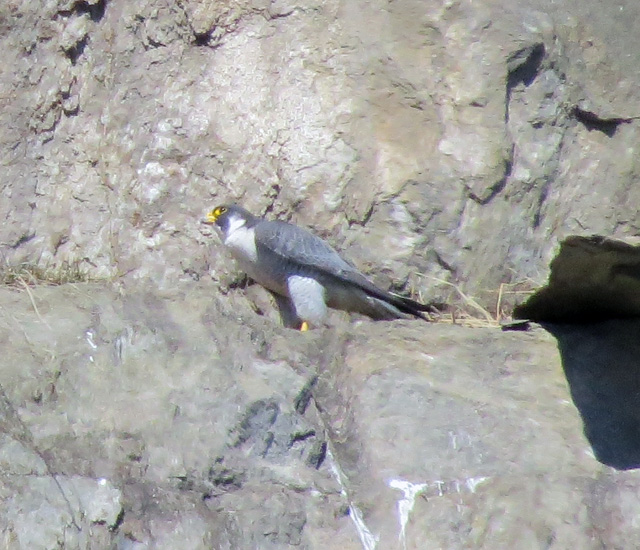
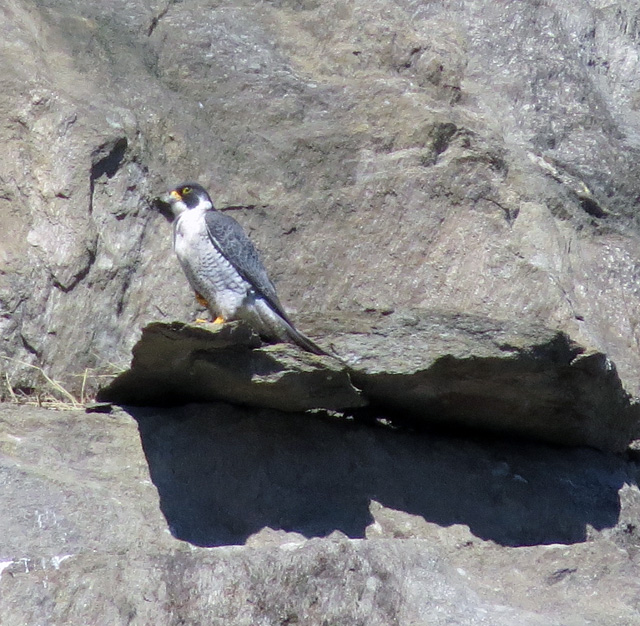 It was a great end to a nice Vermont birding morning and I added about fifteen species to my County list. Fun to be birding again on home turf.
It was a great end to a nice Vermont birding morning and I added about fifteen species to my County list. Fun to be birding again on home turf.

